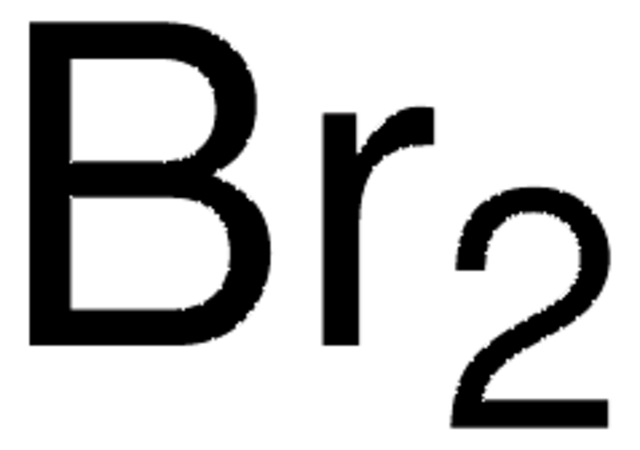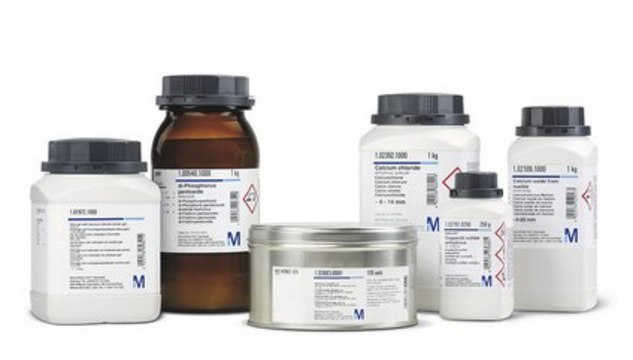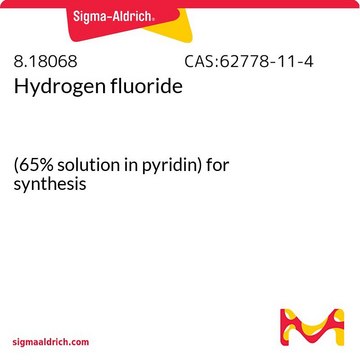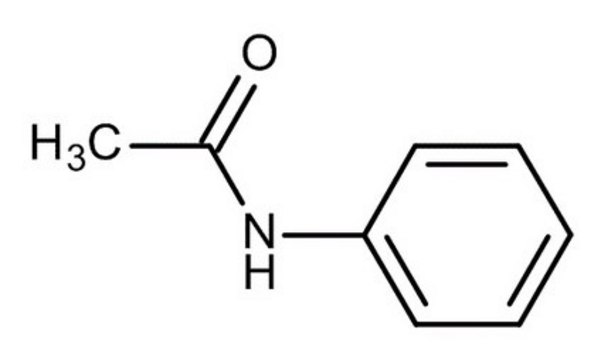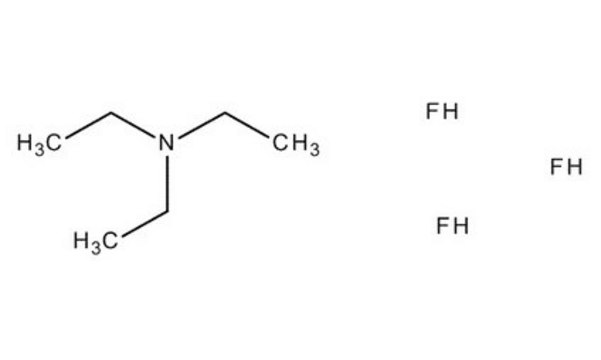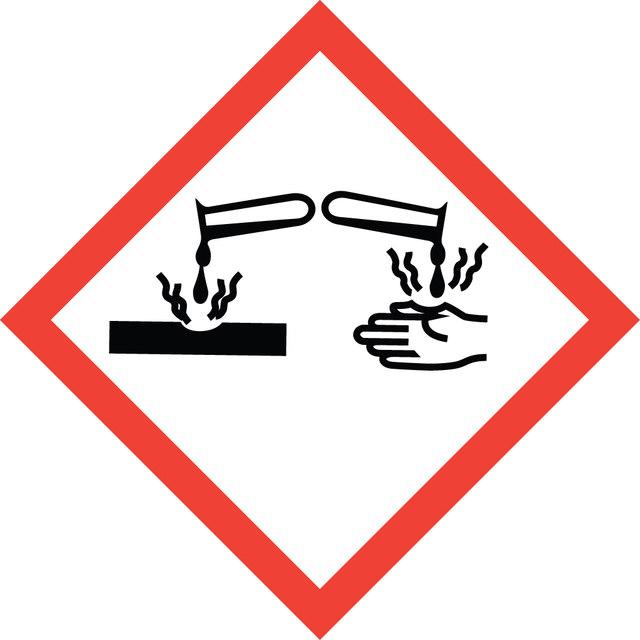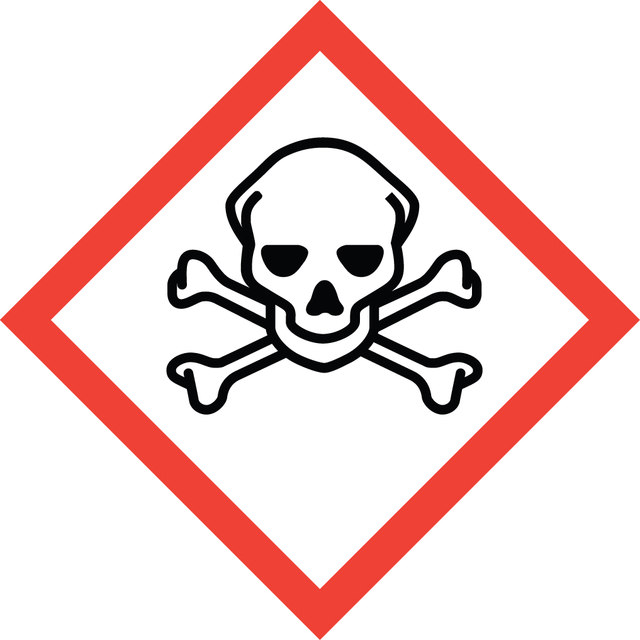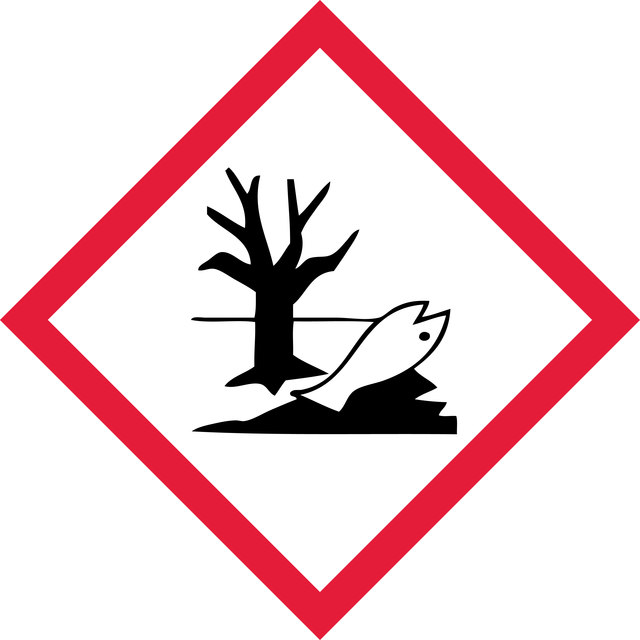推荐产品
蒸汽压
233 hPa ( 20 °C)
质量水平
表单
liquid
反应适用性
reagent type: oxidant
运动粘度
0.314 cSt(20 °C)
沸点
58.8 °C/1013 hPa
mp
-7.3 °C
溶解性
35 g/L
密度
3.12 g/cm3 at 20 °C (liquid)
储存温度
15-25°C
SMILES字符串
[Br-]
InChI
1S/BrH/h1H/p-1
InChI key
CPELXLSAUQHCOX-UHFFFAOYSA-M
一般描述
for synthesis
应用
Bromine can be used as an oxidizing agent for the oxidation of:
Bromine can also be used along with other co-reactants such as hexamethylphosphoric triamide (HMPA) and bis(tributyltin) oxide (HBD) to selectively oxidize secondary alcohols. However, bromine/nickel carboxylates convert 1,4-diols to γ-butyrolactones by selective oxidation of the primary alcohols.
- Primary alcohols to either aldehydes or esters and secondary alcohols to give ketones.
- Alcohols or diols to tetrahydrofurans in the presence of silver(I) salts.
- Enediol bis-trimethylsilyl ethers to α-diketones.
- Aldehydes to esters in the presence of alcohol solvents and sodium bicarbonate buffer.
- Aliphatic and aromatic thiols to disulfides.
Bromine can also be used along with other co-reactants such as hexamethylphosphoric triamide (HMPA) and bis(tributyltin) oxide (HBD) to selectively oxidize secondary alcohols. However, bromine/nickel carboxylates convert 1,4-diols to γ-butyrolactones by selective oxidation of the primary alcohols.
分析说明
Assay (iodometric)≥ 99.0 %AppearanceBrownish-red fuming liquid
警示用语:
Danger
危险分类
Acute Tox. 1 Inhalation - Aquatic Acute 1 - Eye Dam. 1 - Skin Corr. 1A
储存分类代码
6.1B - Non-combustible, acute toxic Cat. 1 and 2 / very toxic hazardous materials
WGK
WGK 2
闪点(°F)
Not applicable
闪点(°C)
Not applicable
法规信息
新产品
Preparation of disulfides by the oxidation of thiols using bromine
Wu Xiaoming, et al.
Synthetic Communications, 26(1) (1996)
Bromine as an oxidant for direct conversion of aldehydes to esters
Williams DR, et al.
Tetrahedron Letters, 29(40) (1988)
Bromine
Goehring RR
eEROS (Encyclopedia of Reagents for Organic Synthesis) (2001)
我们的科学家团队拥有各种研究领域经验,包括生命科学、材料科学、化学合成、色谱、分析及许多其他领域.
联系技术服务部门